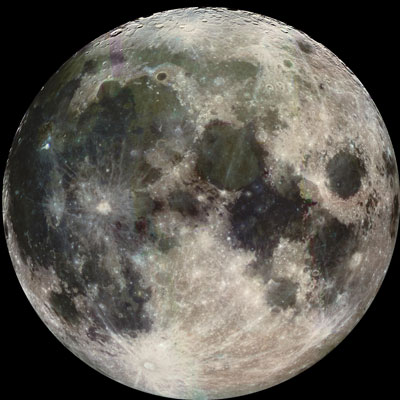| Sep 30, 2013 |
Google Lunar XPRIZE appoints international space experts to Judging Panel
|
|
(Nanowerk News) Google Lunar XPRIZE has announced the line-up for its Judging Panel: eight international experts with experience from iconic space missions including Apollo, the Hubble Space Telescope, the Huygens probe to Titan, the Swift gamma-ray burst mission and the Curiosity Mars rover.
|
|
The Google Lunar XPRIZE, a global competition that will reward the first privately funded enterprises to place a robotic explorer on the surface of the Moon, currently has 21 teams competing to claim the $30 million prize purse before the end of 2015. The judges will use their expertise in astronautics, aeronautics, space physics, robotics, and engineering to assist in a variety of duties including verifying team launch agreements, payload and mobility plans as well as examining data to confirm mission completion. A trusted asset to the Google Lunar XPRIZE, the Judging Panel is responsible for reviewing competition guidelines and requirements in addition to offering technical advice to the Google Lunar XPRIZE.
|
 |
| Google Lunar XPRIZE teams must complete their Moonshot to land on the lunar surface by December 2015.
|
|
The Google Lunar XPRIZE Judging Panel includes:
|
|
David Swanson, Senior Director for Safety and Mission Assurance and Orbital Sciences Corporation (chairman). After nearly 25 years of commissioned service in the U.S. Air Force, Swanson retired out of the Space and Missile Systems Center as its Director of Engineering. His space experience includes space system development, operations, procurement, education, surveillance and senior leadership.
Elisabeth Morse, space mission systems engineer (vice-chair). A space flight systems engineer, Morse has worked on multiple planetary science missions from the proposal phase to the verification phase, including accommodation of science instruments and cameras on the Mars Science Laboratory (Curiosity) Rover.
Professor Alan Wells, vice-president of NEREUS, the Network of European Regions using Space Technology (vice-chair). Wells has worked on ten space missions in space astrophysics, planetary science and earth observation. Highlights included NASA's SWIFT mission to observe gamma ray bursts, for which he was UK Lead Investigator for the X-ray Telescope and also Co-Science Operations Director post launch.
John Jay Kurtz, engineering manager at General Dynamics Robotic Systems. An Engineering Manager at General Dynamics Robotic Systems, Kurtz has directed numerous advanced robotics technology programs.
Dr Derek Lang, space industry consultant with experience in technical and programmatic issues for satellites, launch vehicles satellites, government regulations and policy. Lang has held important roles related to a number of US launch vehicles and in small startups. He has had extensive dealings in the international environment, including launches and mission integration with Russians and Europeans and spacecraft development with the Middle East and Asia.
Dr Charles Reynerson, industry expert in all phases of space missions. Reynerson has a long track record of working in technical and project management roles on advanced space projects for NASA, DoD, NRO, Boeing, Ball Aerospace and DigitalGlobe.
Derek Webber is currently Executive Director of Spaceport Associates, where for over a decade he has been a strong advocate for space tourism, specializing in developing business cases and regulatory requirements, and demonstrating how commercial human spaceflight can contribute to space exploration development. He is author of the book “The Wright Stuff: the Century of Effort Behind your Ticket to Space”, providing a parallel history of aviation and rocketry, and has served as a docent at the National Air and Space Museum of the Smithsonian Institution.
Professor John Zarnecki, a Director of the International Space Science Institute in Bern, Switzerland, and part-time chair at the Beijing University of Aeronautics & Astronautics. Zarnecki has over 30 years of experience of world-leading space research, including developing instrumentation for the Hubble Space Telescope, the Giotto mission that flew past Halley’s comet in 1985, and the Cassini/Huygens mission to the Saturnian system. For the Huygens probe, he led the team that provided one of the scientific instruments that landed on Saturn's largest moon, Titan - the furthest landing from Earth by a spacecraft to date.
An additional judge will be announced at a later date.
|
|
"As the largest international incentive prize of all time, the Google Lunar XPRIZE brings together 21 Teams from around the world aiming to land the first privately owned craft on the Moon. As such, we needed an international group of highly-regarded experts to support and judge the competition," said Alex Hall, Senior Director of the Google Lunar XPRIZE. "Our Judging Panel brings a tremendous amount of expertise together along with both enthusiasm and a commitment to the goals of the Prize."
|
|
David Swanson, elected chairman of the panel said, "An XPRIZE is a wonderful way to motivate Teams of technically-skilled professionals who will take on projects 'not because they are easy … but because they are hard'. I believe that simply by attempting to win an XPRIZE results in far-reaching impacts to humanity."
|

